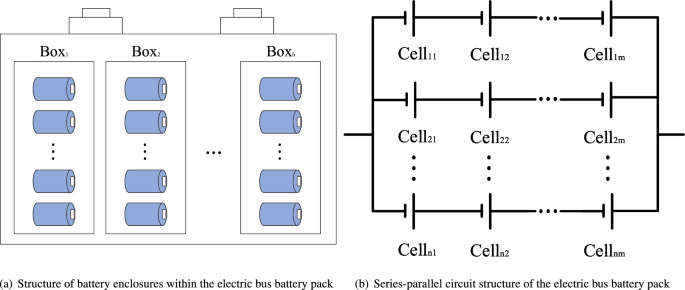The proposed model is implemented using the PyTorch framework in Python 3.8. All experiments are conducted on a workstation equipped with an NVIDIA RTX 3080 GPU.The Adam optimizer are utilized for model training, with an initial learning rate set…
Category: Engineering
-
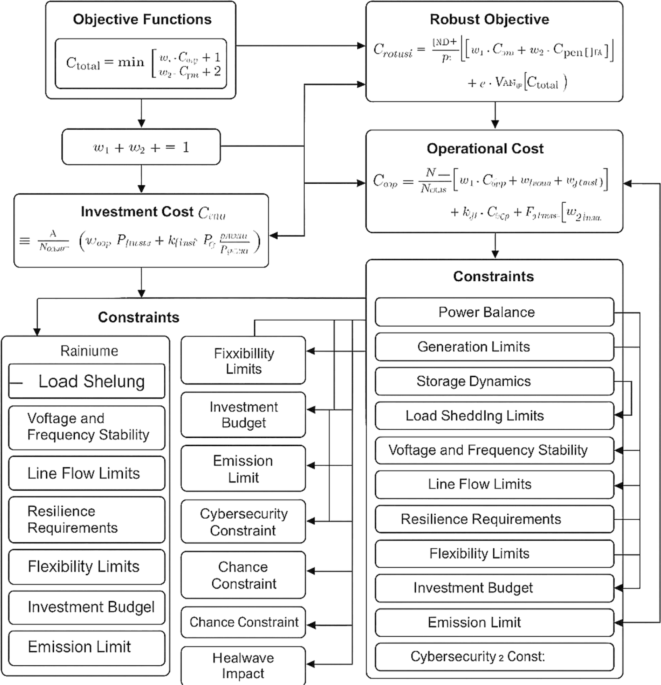
Hierarchical deep Q-network-based optimization of resilient grids under multi-dimensional uncertainties from extreme weather
To evaluate the performance and practicality of the proposed DQN-based optimization framework, a detailed case study is conducted using synthesized and assumed data to mimic realistic power system operations under extreme weather conditions and…
Continue Reading
-
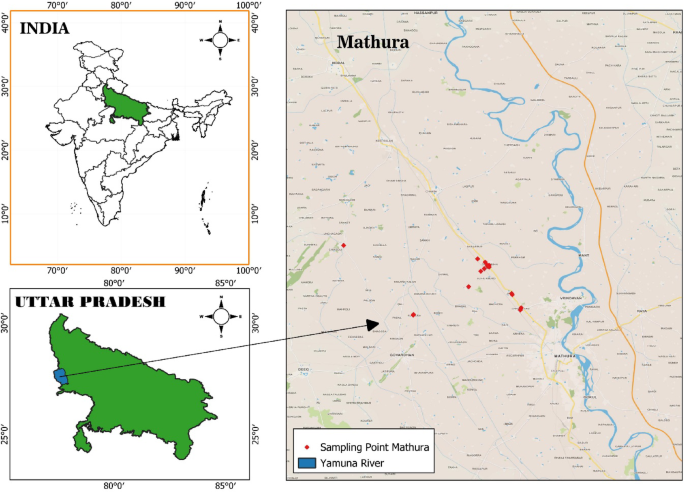
Integrated evaluation of groundwater hydrochemistry using multivariate statistics and irrigation-based water quality indices
Gani, A., Hussain, A., Pathak, S., Ahmed, S. & Omar, P. J. Impact of pollutants on groundwater quality and health risk assessment of quaternary aquifers in Northern India. J. Hazard. Toxic. Radioact Waste 29(1), 04024039.
Continue Reading
-

Fabrication of a low-kink-radius bilayer vascular scaffold incorporating a TPU stent fabricated via melt electrowriting and an electrospun PCL/PU/gelatin layer
Scaffold morphology
The main goal of vascular grafts is to create a well-suited porous structure that supports cell migration and activity while effectively preventing blood leakage. The structure of scaffold effects the cell adhesion and…
Continue Reading
-
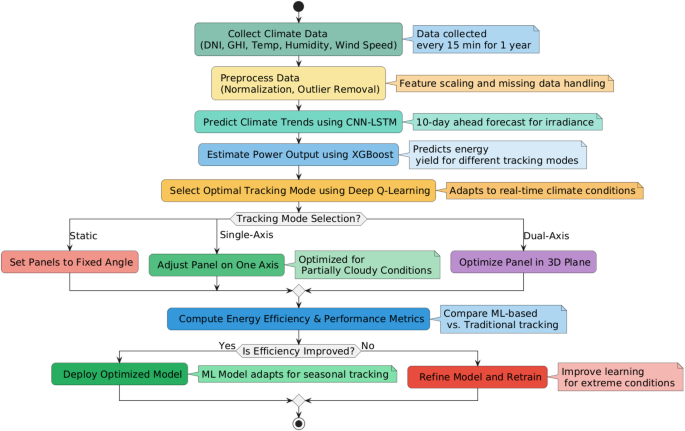
A machine learning approach to assess the climate change impacts on single and dual-axis tracking photovoltaic systems
Proposed work
The proposed research concentrates on creating an adaptive solar tracking system powered by AI that adjusts the orientation of solar panels according to the current climate conditions and seasonal changes over a period. The system…
Continue Reading
-
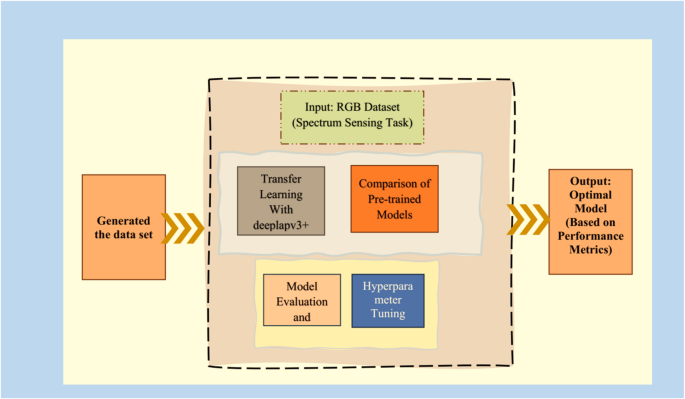
Enhanced spectrum sensing for 5G and LTE signals using advanced deep learning models and hyperparameter tuning
Dataset descriptions
The datasets utilized in this study19,20,21 are fundamentally structured to support the development and evaluation of deep learning models for radio spectrum sensing. They comprise three primary components: synthetic training…
Continue Reading
-
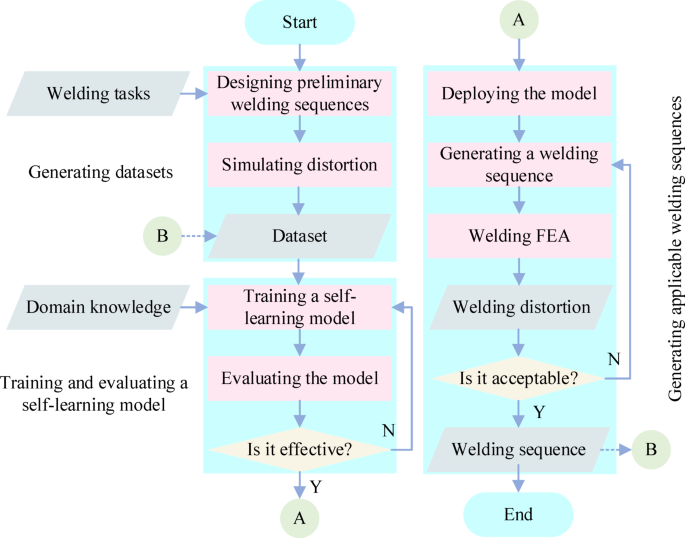
A self-learning method with domain knowledge integration for intelligent welding sequence planning
Since the introduction of Industry 4.01, responsiveness and flexibility of mass personalized production have been considered to be the core features of next-generation manufacturing2. Mass personalization3which represents a new paradigm, allows…
Continue Reading
-
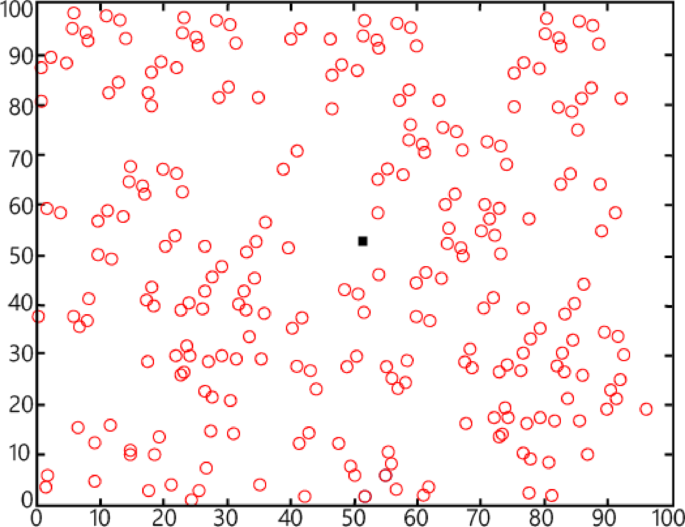
Enhancing the effectiveness of wireless sensor networks through consensus estimation and universal coverage
This section will analyze the suggested plan and provide a detailed explanation of it. As previously indicated, worldwide coverage is one of the fundamental difficulties in WSNs. Since the environment’s data that the network controls needs to…
Continue Reading
-

Surgical robot removes gallbladder without any human assistance
A surgical robot has successfully performed a key phase of a gallbladder removal with no human intervention, marking a critical leap toward fully autonomous operations.
Developed by Johns Hopkins University researchers and funded by the U.S….
Continue Reading
-
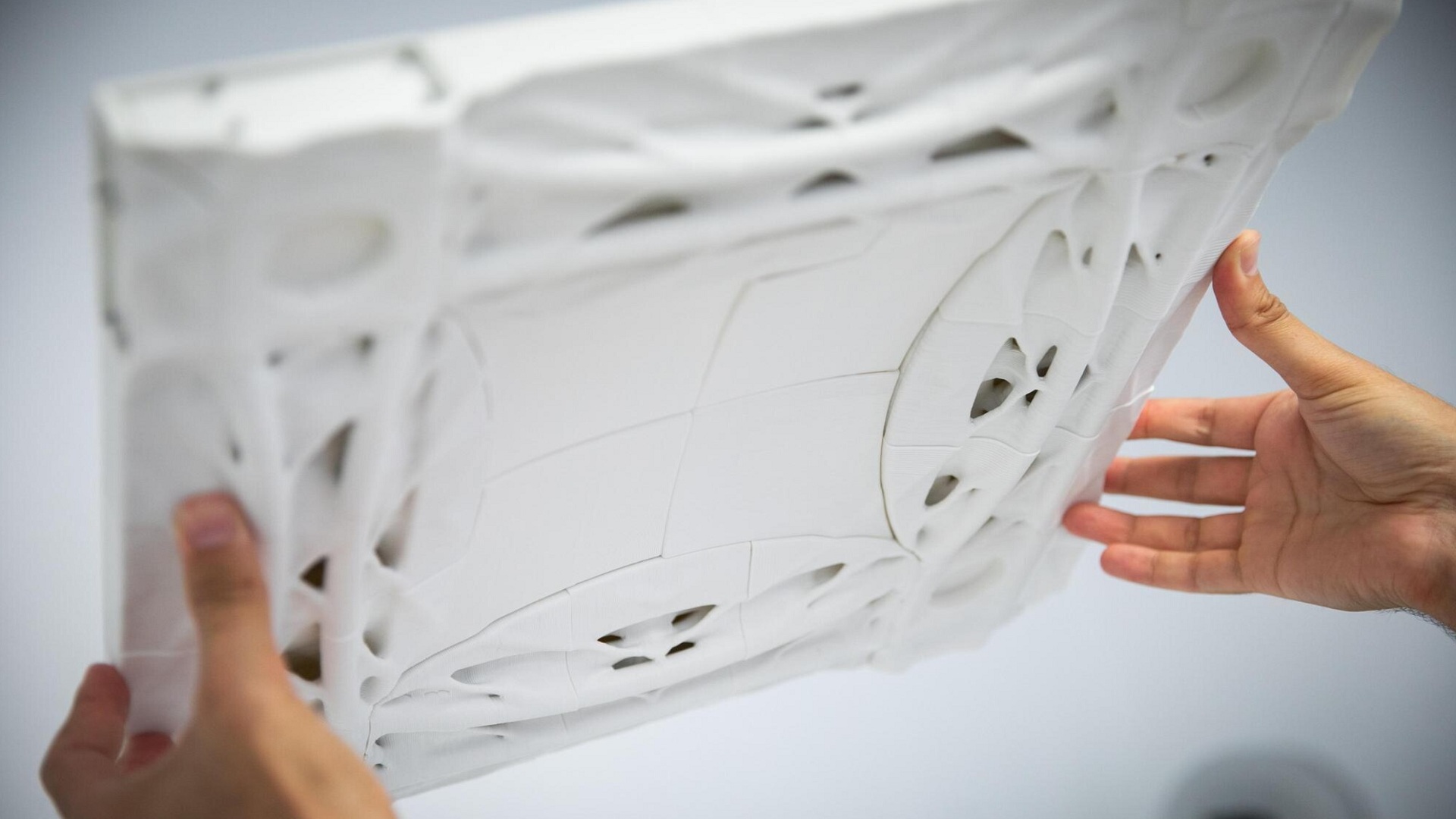
Scientists develop algae-based concrete that captures 142% more carbon
Concrete helped build the modern world, and drove it towards the climate crisis. Now, it might help undo the damage.
Long seen as the backbone of civilization, concrete is responsible for nearly 9 percent of global greenhouse gas emissions….
Continue Reading
